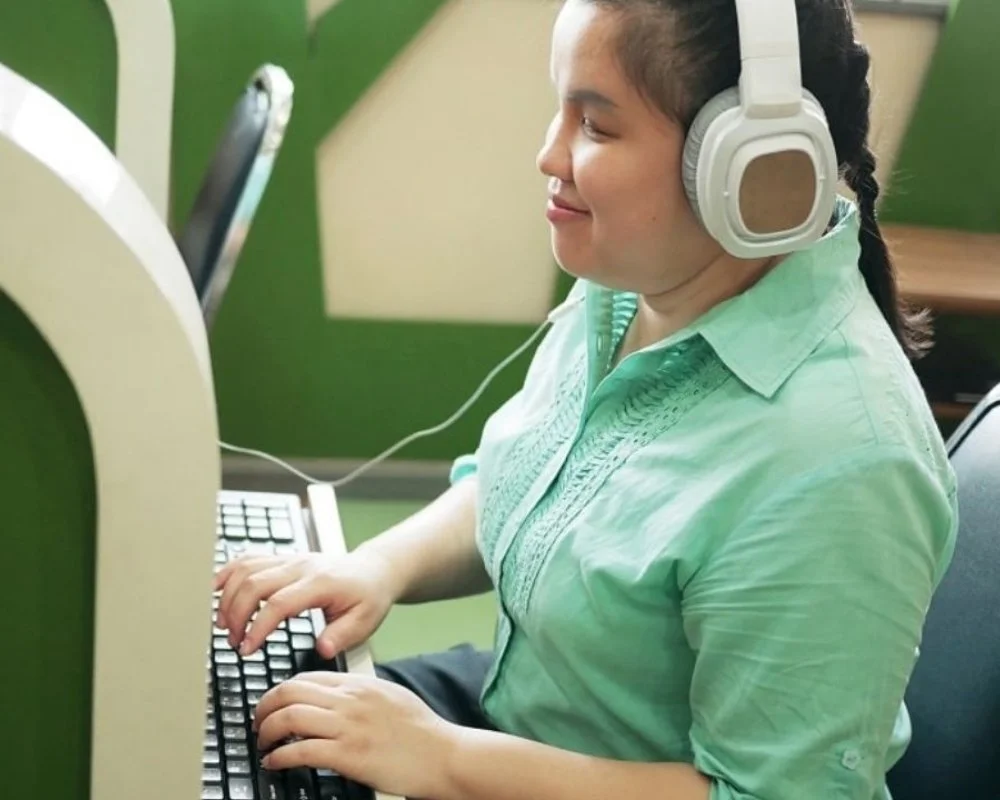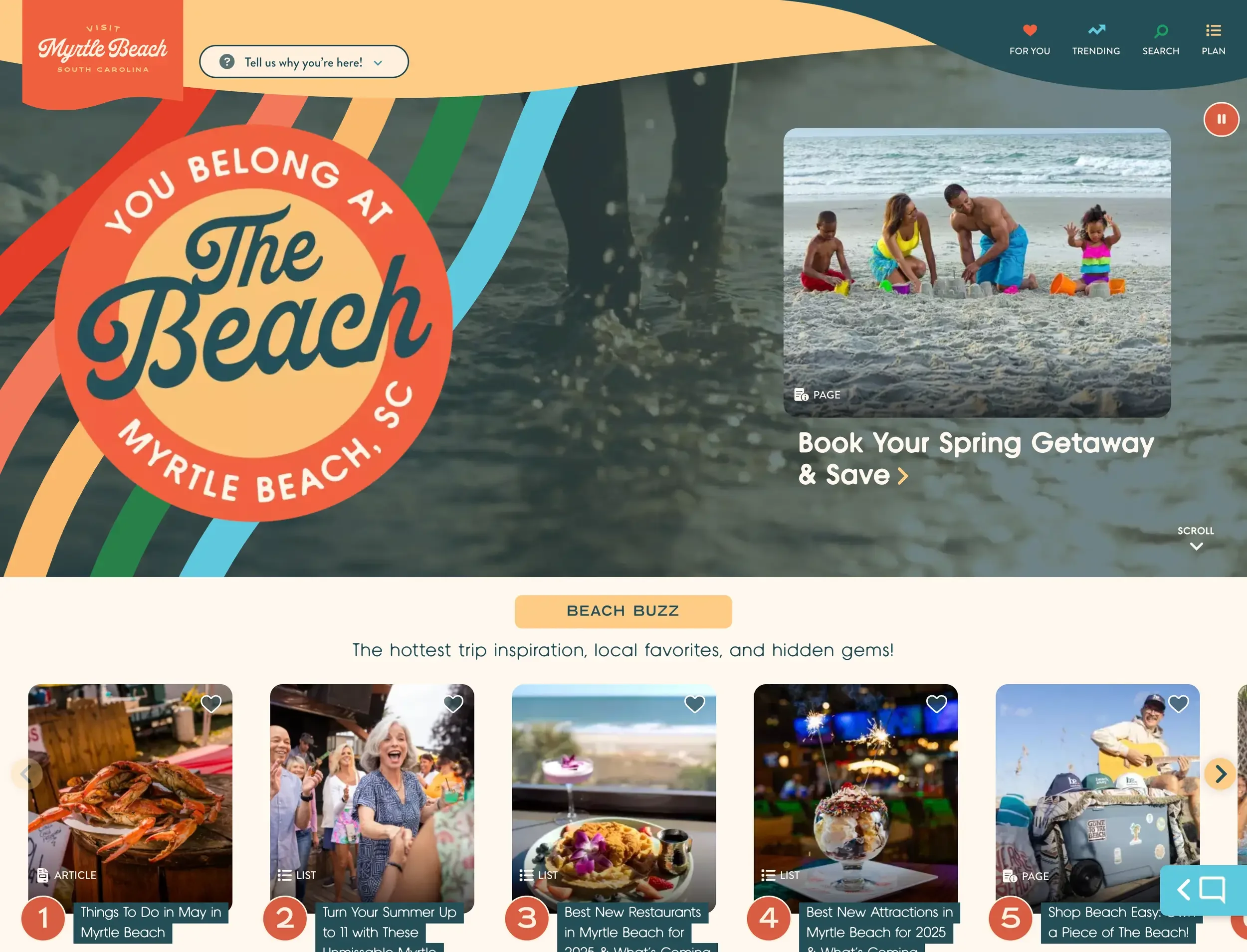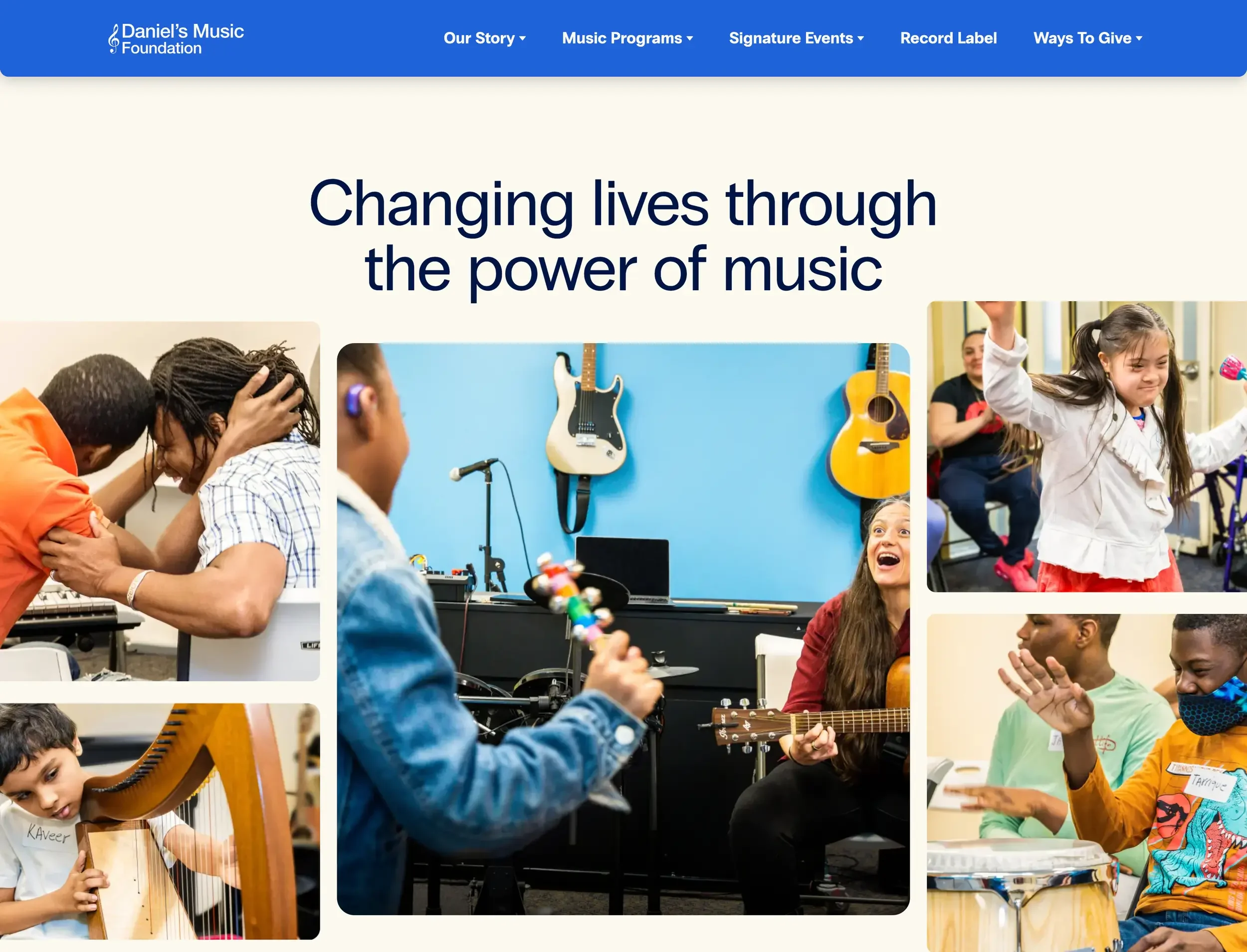
Real-World Accessibility User Testing for Better UX
Test your digital experiences with people who actually use them!
Real People. Real Feedback. Real Inclusion.
Automated scans can find code-level issues—but they can’t reveal how it feels to use your site with a screen reader, a switch device, or keyboard-only navigation.
That’s why Inclusive Web connects you directly with real users—people who navigate the digital world differently—to uncover authentic insights and usability barriers.
Our goal is simple:
Create inclusive digital experiences that work beautifully for everyone, not just meet compliance checklists.
Make Accessibility Human, Not Hypothetical
Why Real-User Testing Matters
Accessibility isn’t just about WCAG — it’s about people. Real user testing reveals what automation can’t.
-
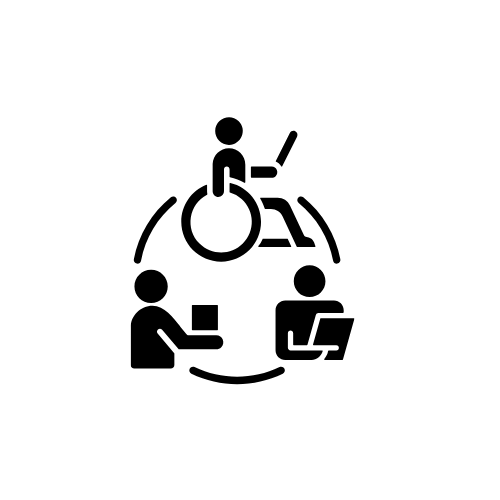
Human Insight
Gain contextual, experience-driven feedback that highlights real-world usability gaps.
-

Diverse Perspectives
Test with users across disabilities—blind, deaf, mobility-impaired, neurodiverse, and more.
-
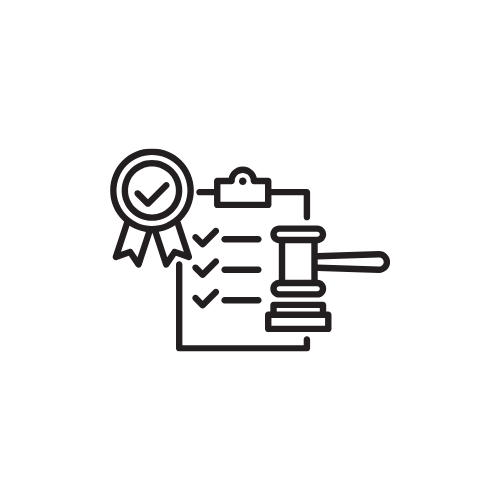
Actionable Results
Receive videos, transcripts, and prioritized recommendations your teams can act on immediately.
-

Proof of Inclusion
Demonstrate authentic commitment to accessibility with documented human testing results.
Empathy alone isn’t enough—you need structure, strategy, and measurable outcomes.
Our testing process combines WCAG-aligned evaluation with human-led usability analysis that integrates directly into your development and design workflows.
We Deliver:
Comprehensive Test Plans – Designed around real use cases and assistive technologies.
Task-Based Sessions – Focused on how users interact, not just what they see.
Detailed Reports & Video Evidence – Clear, visual insight for stakeholders and dev teams.
Continuous Improvement Path – Retest, measure, and track accessibility over time.
Inclusive Web helps you build accessibility into every sprint, release, and redesign—making it part of your digital DNA.
Enterprise-Grade Testing, Human-Led
Case Studies
Click to read more about how Inclusive Web helped audit and implement accessibility best practices for each of the case studies below.
Why Enterprises Trust Inclusive Web
We don’t just test accessibility—we partner with you to embed inclusion into your organization’s culture and workflow.
-

Strategic Accessibility Partner
We align accessibility goals with business outcomes—so inclusion drives growth, not just compliance.
-

Tested by People, Not Bots
Our diverse testing network ensures authentic, real-world validation from actual assistive tech users.
-

ROI Beyond Risk Reduction
Accessibility isn’t just good ethics—it’s good business. Improve conversions, retention, and brand trust.
-

Scalable for Enterprise
From single-page pilots to global platforms, our testing scales seamlessly with your team and timelines.
Don’t Get Fined.
Download Our FREE
Disability and Inclusion Imperative
Contact Us for Accessibility Support
We are experts in helping companies create world class digital experiences for people with disabilities.
Address : 215 W 90th St, New York, NY 10024
Phone : (866) 870-7232
Follow Us:
Request a free quote
-
Accessibility testing in UX ensures that digital products can be used by everyone—including people with disabilities. It focuses on evaluating interfaces for visual, auditory, cognitive, and motor accessibility so all users can navigate, understand, and interact without barriers.
-
User testing reveals how real people experience your site or app. By observing users complete real tasks, designers can uncover usability pain points, confusing layouts, and accessibility barriers—then fix them before launch, creating smoother, more intuitive experiences.
-
User testing bridges the gap between compliance and real experience. It shows how individuals using assistive technologies—like screen readers, voice commands, or keyboard navigation—interact with your content. This helps teams identify friction points automation can’t detect.
-
The 5-user rule suggests that testing with just five users can uncover around 80% of usability issues. Each additional participant yields fewer new insights, so small, frequent tests are often more effective than large, one-time sessions.
-
Common methods include moderated sessions, unmoderated remote tests, A/B testing, task-based analysis, and screen-reader evaluations. Inclusive Web also includes assistive-technology testing with users who identify as disabled for real-world accuracy.

